In Thai Nguyen , digital transformation is not only a key task in the 2026-2030 period, but is also identified as a breakthrough tool, helping to improve management and supervision efficiency, ensuring transparency in implementing sustainable poverty reduction programs.
This is also an important solution to narrow the development gap and improve the quality of life for people, especially in remote and ethnic minority areas.

Digital transformation – the driving force for changing poverty reduction methods
The new phase of the poverty reduction program aims to strongly apply digital technology to improve income, expand access to social services and ensure “no one is left behind”.
In practice, when digital infrastructure and technology reach people, geographical barriers are erased: people in remote areas can learn vocational skills online, update agricultural product prices via smartphones, or connect to consume products through e-commerce platforms.
Along with income criteria, many criteria for accessing social services are being reviewed and supplemented to suit the new context, such as considering the impact of natural disasters, removing criteria on means of accessing information, and adjusting the index of using telecommunications services and digital services.
This clearly reflects the trend of shifting from traditional support models to technology-based poverty reduction models, increasing connectivity and enhancing people's self-improvement capacity.
According to the new orientation, the State continues to play a leading role in allocating resources, while maximizing the participation of businesses, institutes and schools and the community in poverty reduction work.
Policies focus on developing livelihoods and sustainable employment; investing in socio -economic infrastructure for poor communes; expanding poverty reduction models to urban areas; promoting gender equality and protecting vulnerable groups.
The transformation process also requires more transparent supervision, clearer decentralization, along with building a team of professional staff to meet digital management requirements.
Thai Nguyen - a bright spot in science and technology application
In recent years, Thai Nguyen has emerged as one of the leading localities in technology transfer, application of scientific and technical advances and building a technological foundation for development.
Since the beginning of 2025, the Department of Science and Technology has developed a specific action program, closely following the direction of the Central and the province, creating a clear shift in state management of science and technology and digital transformation.
Currently, the entire industry is managing 131 science and technology tasks at all levels; many topics serving digital transformation, developing high-tech agriculture, and innovation in enterprises have been completed on schedule.
Thai Nguyen has also carried out 84/160 key tasks according to the monitoring system of Resolution 57, the rest are being deployed according to plan.
One of the highlights is the province-wide shared information system that has been completed synchronously from the province to the grassroots level. More than 18,000 cadre and civil servant accounts have used the electronic document management system, with more than 1 million documents sent and received online, reaching 100% of administrative documents processed online.

Thai Nguyen promotes new rural construction associated with sustainable poverty reduction
The “C-ThaiNguyen” application – a platform for people to report on the situation – has been downloaded more than 460,000 times, receiving and processing more than 5,000 reports. This tool is especially useful for mountainous communes where people have little opportunity to directly access the government.
The province's administrative procedure settlement system has connected with 7 national databases, supporting people and businesses to carry out procedures quickly and transparently. Thanks to that, Thai Nguyen is continuously in the top 10 leading provinces in the country in terms of quality of service to people through online public services.
From July to September 2025, the province has covered 40/55 villages that previously had no signal, leaving only 15 villages without coverage, including 7 villages without electricity. This is a big step forward in the effort to "eliminate the depression", towards reducing information poverty - that is, narrowing the gap in access to digital infrastructure and digital services between regions.
The Science and Technology sector also coordinated with telecommunications enterprises and the Public Telecommunications Service Fund to survey and provide services to remote areas such as Vo Tranh; organize digital skills training courses for officials and ethnic minorities; provide guidance on using public services, registering electronic identification codes, and accessing official information.
In parallel, the province has organized dozens of direct support sessions in 92 communes and wards in using the administrative procedure settlement system; deployed 7 training courses for the Community Digital Technology Team, aiming to train more than 2,000 members in 2025.
Despite many positive results, the digital transformation process in poverty reduction still faces challenges: infrastructure in remote areas is still weak, many places lack electricity or mobile signal; digital skills of a part of the population are limited; high requirements for operation and security also require specialized human resources.
In response to that requirement, the provincial science and technology sector aims to complete 100% of the provincial digital transformation tasks within the year; expand the features of the "C-ThaiNguyen" platform; enhance the application of science and technology in production, services and management; perfect the innovation ecosystem; promote digital transformation in areas close to the people such as healthcare, education, agriculture and public services.
Director of the Department of Science and Technology of Thai Nguyen, Mr. Duong Huu Buong, emphasized: “Science, technology and digital transformation are new tools for poverty reduction. When people are connected, have digital infrastructure and technology skills, they will have more equal development opportunities.”
He affirmed that this is not the task of the industry or government alone, but requires the cooperation of the community, businesses, institutes and telecommunications partners to bring technology to every person and every village.
With the strong determination of the political system, the participation of the science and technology sector and the efforts of the people, digital transformation in Thai Nguyen is gradually going into depth, becoming an important pillar in sustainable poverty reduction.
The ultimate goal is to build a green - smart - sustainable Thai Nguyen, where every person, whether in remote or mountainous areas, has access to technology, is given opportunities and can proactively rise up to escape poverty and develop sustainably in the digital age.
Source: https://baovanhoa.vn/nhip-song-so/ung-dung-chuyen-doi-so-trong-quan-ly-giam-sat-cac-chuong-trinh-giam-ngheo-o-thai-nguyen-183494.html








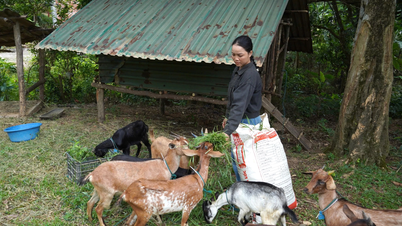





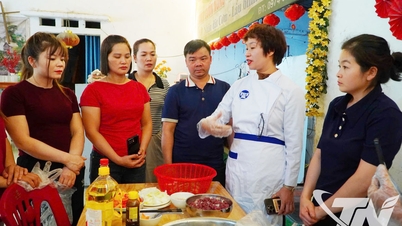


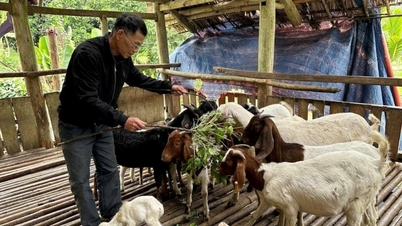

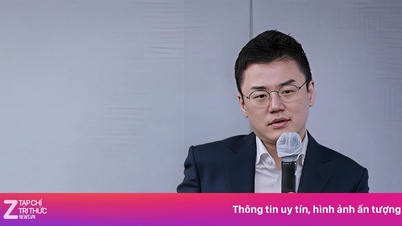



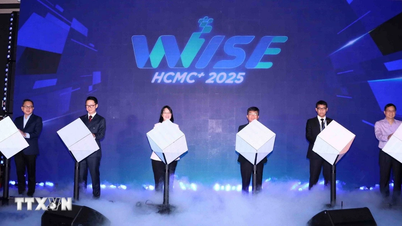
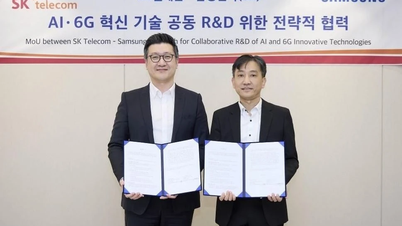

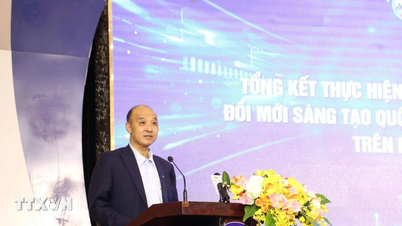




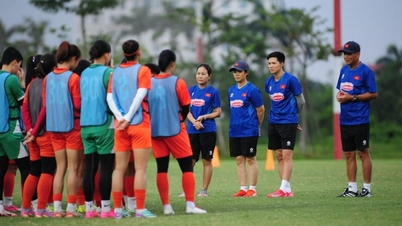
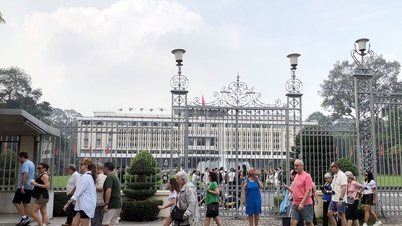

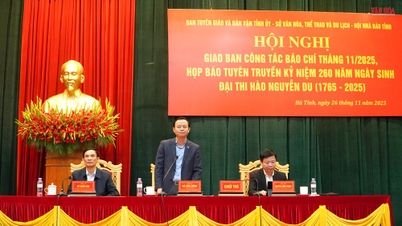








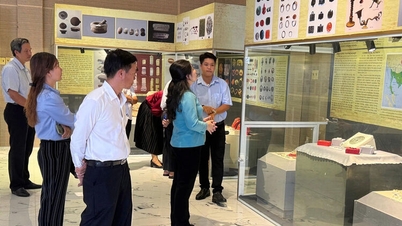





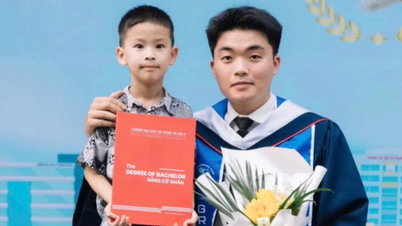

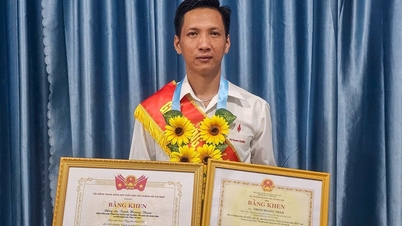






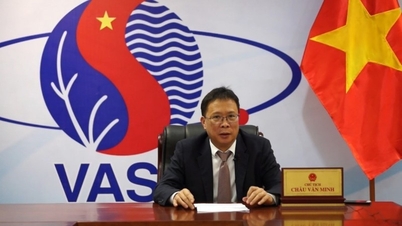

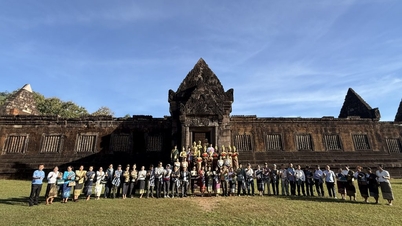



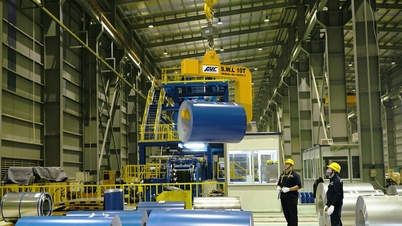
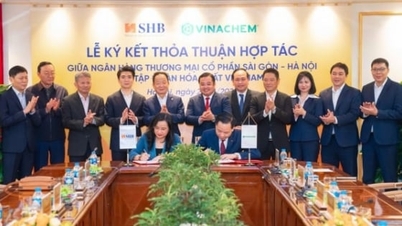
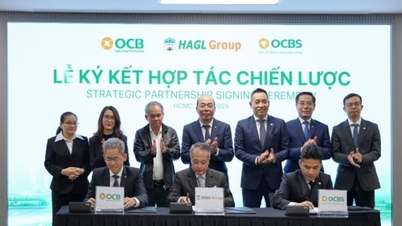













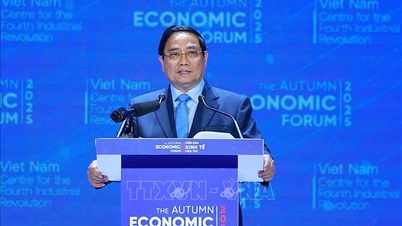

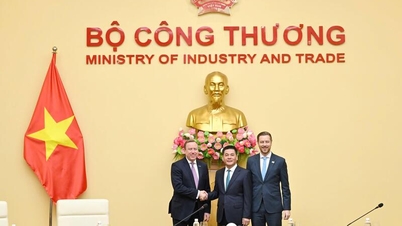

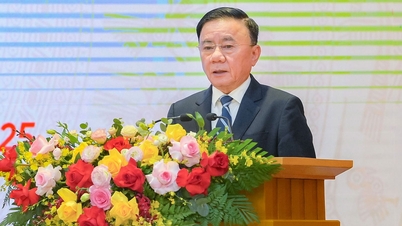

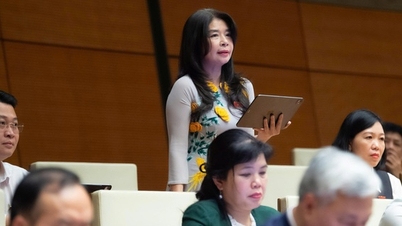


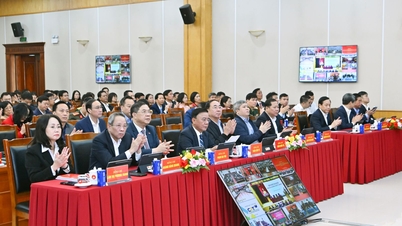
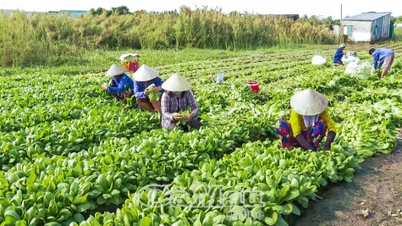

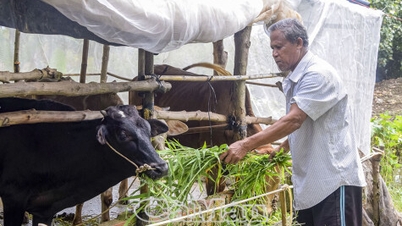

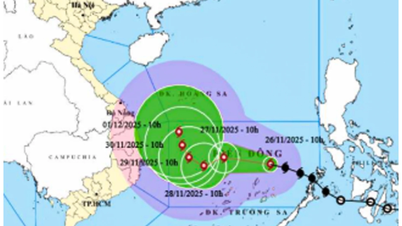















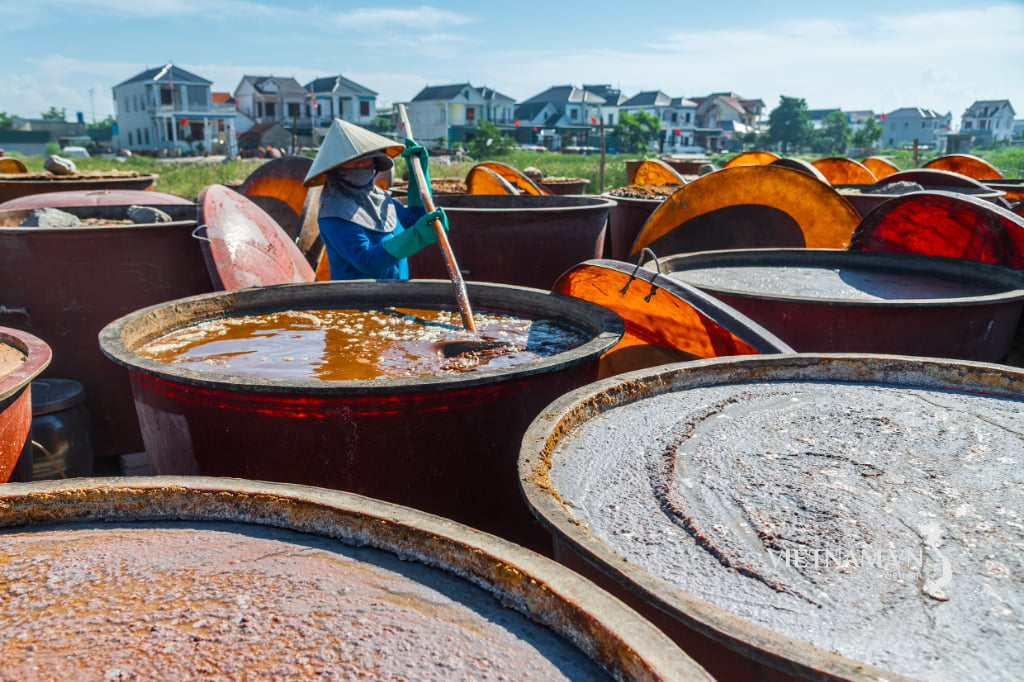
Comment (0)